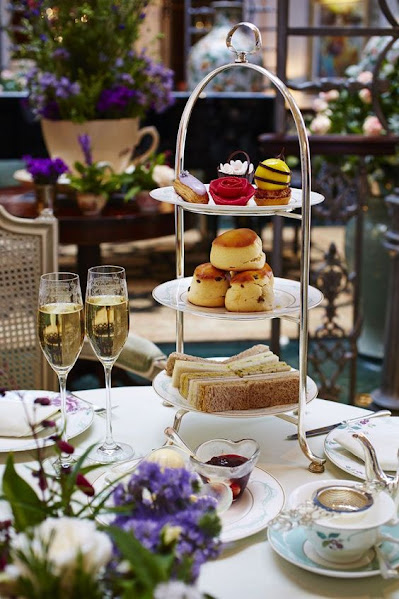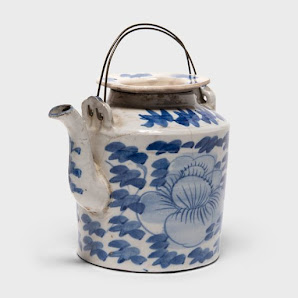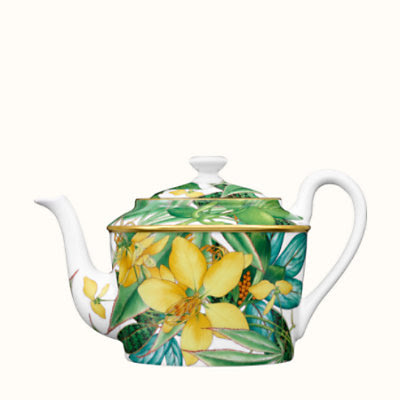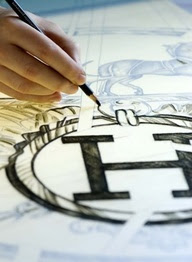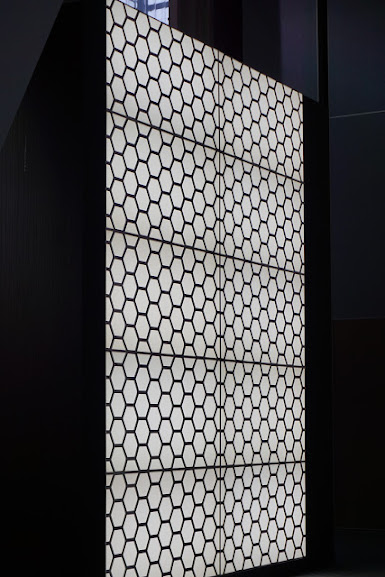Our Love for the English Teapot, history and favorites
Spilling the Tea (Pot)
on the
history of making and exporting tea pots!
I love teapots. But, truth be told, I'm actually more of a coffee drinker than a tea drinker but something about the "pomp and circumstance" of the afternoon English Tea fascinates me. Sitting down properly for delicious nibbles and sipping tea on beautiful table ware (and hopefully equally beautiful surroundings) can be quite decadent. The delicate tea pots and tea cups are works of art and I've collected antique and modern sets for years. Apparently, the tea pot has a long history. I am waiting patiently for a few more days of the opening of the MET Museum's newly expanded British Galleries which will be all about the tea pot and it showcasing its illustrious history.
The history of the teapot- According to Wikipedia, "The teapot was invented in China during the Yuan Dynasty and made in cauldrons not small pots and poured into bowls and stirred with a brush". Not until the Ming Dynasty were single serve, small teapots used in China (1513) and then tea was drank straight from the spout. By the end of the 17th century tea was shipped to Europe as part of the export of exotic spices and luxury goods, but not until they reached England did the teapot become a fashionable table accessory. The pots were pretty typical and plain at first but the English amped up the style, functionality and design of the teapots. In 1694, The British East India Company created new teapots. At first, the Brits designed a strainer/barrier part that kept the leaves and liquid apart, and so the English Teapot was born. The English teapot is short and round allowing room for the tea to steep and produce a flavorful tea. The spout is short and located at the center of the pot making it easy to clean. The teapot morphed and eventually there were cup strainers rather than a separator.
Check out the tea pot display video at the MET
100 New Tea Pots are included In the new 700 works and expansion of the MET Museums British Galleries- The recent expansion shows us I am not alone in my love for these wares. As part of their 150th anniversary celebration in 2020, the museum expanded and included the Annie Lauri Aitken Galleries and Josephine Mercy Heathcote Gallery, to a total of 11,000 square feet adding more British decorative arts, design and sculptures created between the years 1500 and 1900. Ten new galleries will showcase this rich history of the commercial drive of artists and manufacturers shaping British design over a span of 400 years. Influences included an explosion of global trade that fueled incredible creativity during harsh colonialism.
The MET Museum collaborated with design firm Roman and Williams to create the exhibition. The 100 English Tea Pots are displayed in a pair of ten-foot-tall semicircular cases. Presiding over this display is a sculpture of a powerful merchant from 1719 modeled by the Cantonese artist Amoy Chinqua. In addition to the tea pots, the display exhibits wares from China, India, and the West Indies such as; tea, sugar, coffee, chocolate, porcelain, cotton, mahogany, and ivory. Produced at great financial expense as well as human cost, the products were transported thousands of miles and offered up to a new new emerging middle class at the time eager to receive them. The exhibition promises to examine the exploitation of both human and natural resources in the process of this endeavor. The British Galleries is featured on The Met’s website, and find more about the subject on social media using hashtag #MetBritishGalleries. Below are a few of my favorite, modern-day tea pots on the Market...

